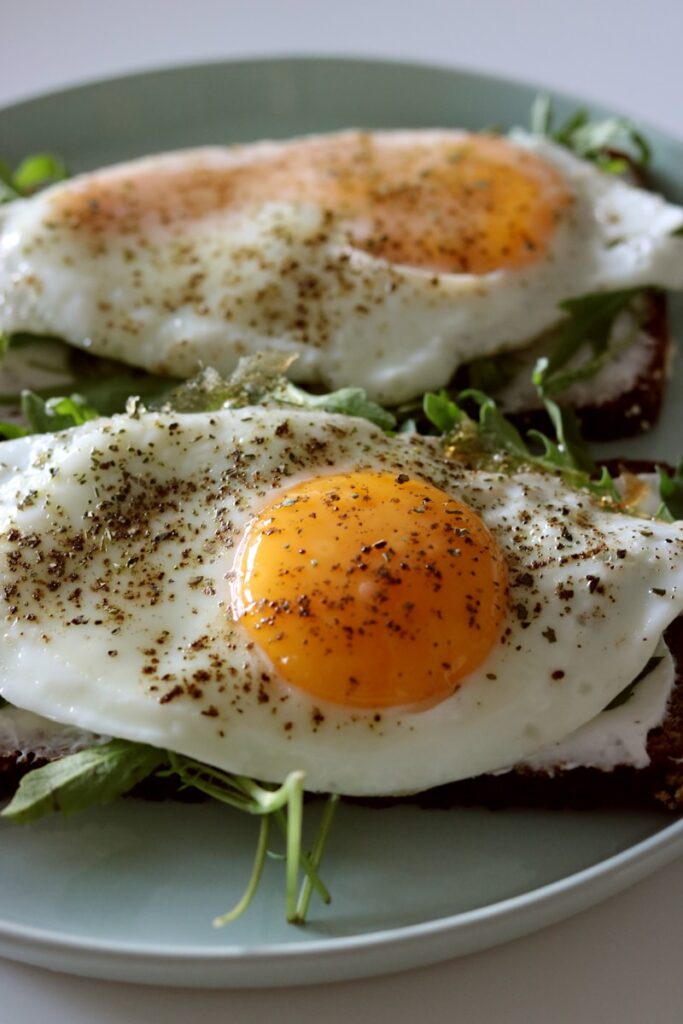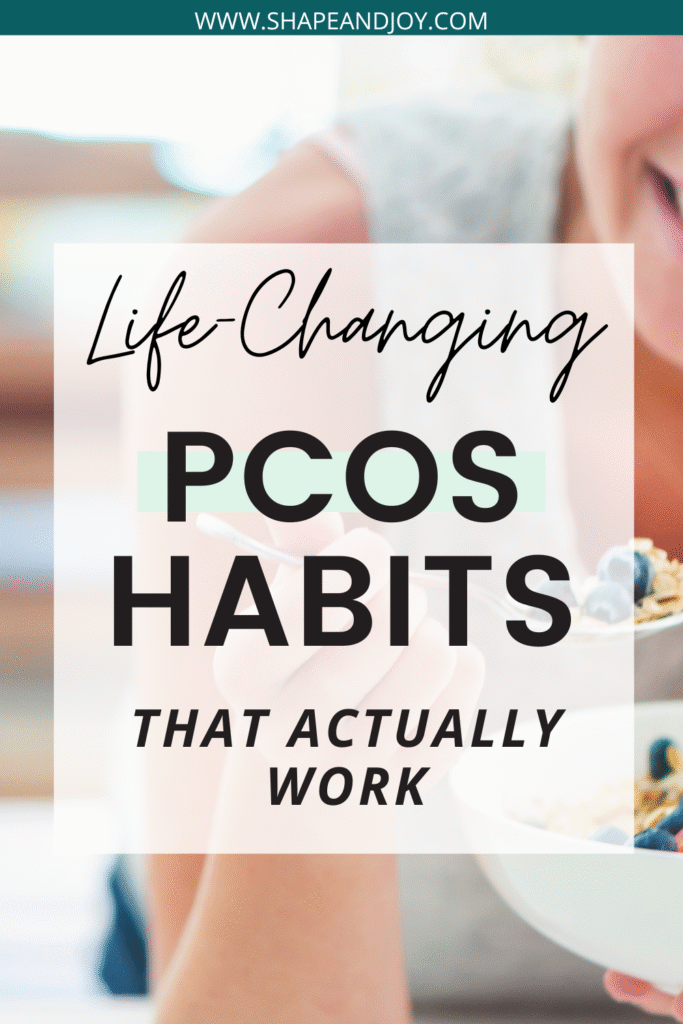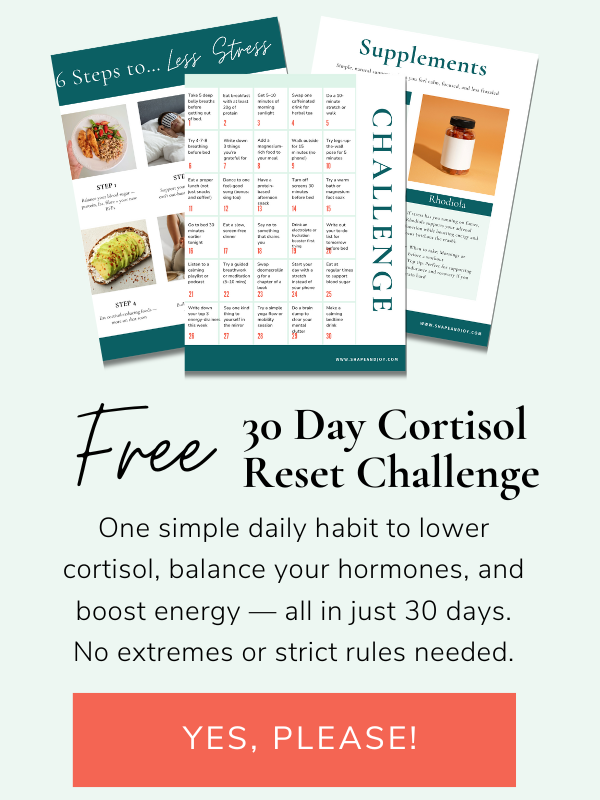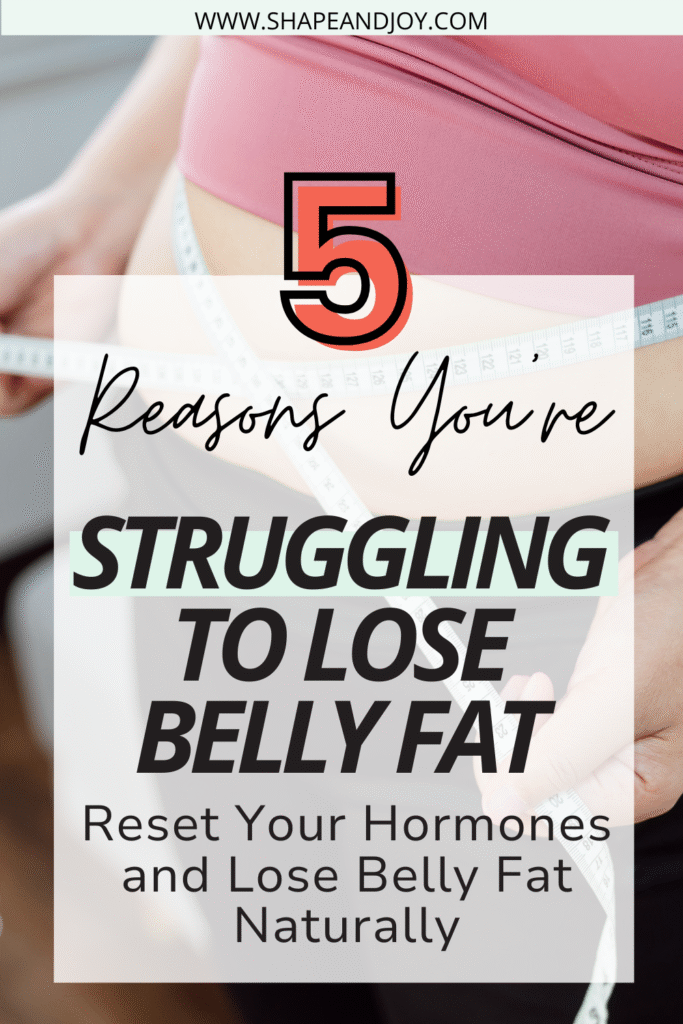7 Daily Habits That Help Balance PCOS (Without Overhauling Your Life)

If you’re dealing with Polycystic Ovarian Syndrome (PCOS), you’ve probably heard it all before: “Just lose weight!” “Go keto!” “Try cutting dairy, gluten, carbs, joy…” Cheers for the unsolicited advice, Brenda. But here’s the truth: you don’t need a massive lifestyle overhaul to balance PCOS.
What you need is a few smart, doable daily habits that work with your hormones, not against them.
Whether you’re struggling with stubborn belly fat, raging sugar cravings, low energy, or those lovely low estrogen symptoms (hello, brain fog and dry skin), this post is for you.
We’ll break down seven small-but-mighty habits that help balance PCOS, reduce symptoms like fatigue, and actually give you your life back, no dramatic detoxes or all-or-nothing diets required.
And don’t worry, this isn’t another “just go to the gym and cut carbs” routine. It’s hormone-savvy, flexible, and built for women like you who are juggling life and trying to get their health back on track.
Let’s dive into the daily habits that make a difference, without making you miserable.
1. Drink Water + Electrolytes First Thing
Before coffee. Before emails. Definitely Before scrolling.
Hydrate your body.
When you wake up, your body’s been fasting (and mildly dehydrated) for 7+ hours. And if you’re dealing with hormone imbalance, cortisol spikes, or thyroid medication in the morning, you’re especially vulnerable to fatigue and bloat.

Start your day with a big glass of water plus electrolytes or a pinch of sea salt and lemon.
It helps with energy, digestion, and fluid balance, especially helpful if you’re dealing with estrogen dominance or frequent bloating.
Bonus tip: Add a splash of apple cider vinegar for gut support, or cucumber and mint if you’re feeling bougie.
2. Eat a Protein-Rich Breakfast Within 60 Minutes
Skipping breakfast = blood sugar rollercoaster = cravings, fatigue, hanger, rinse and repeat.
To balance PCOS, especially when insulin resistance is in the mix, you want to fuel your body before it starts screaming for sugar. A protein-packed breakfast within an hour of waking helps stabilise blood sugar and crush those morning cravings.
Think: eggs and avocado, protein smoothie with chia and zucchini (you won’t taste it, promise), or Greek yoghurt with nuts and berries. You’ll feel more stable, energised, and focused.
Hungry by 10am no matter what? You’ll love 10 Smart Ways to Stop PCOS Cravings (Without Going Hungry), because sometimes it’s not about willpower, it’s about hormones.

3. Move Your Body, Just a Little
You don’t need a 90-minute gym grind to lose belly fat or improve your health. In fact, when you have PCOS, too much high-intensity exercise can make things worse by raising cortisol (yep, again with the stress hormone!).
Instead, aim for 10–30 minutes of daily movement. This could be walking, yoga, resistance bands, or even a little dance session.
The goal isn’t punishment, it’s support. Movement boosts insulin sensitivity, helps your mood, and reduces inflammation.
Need inspiration? Check out 10 Best PCOD Exercises to Support Weight Loss and Hormone Balance for moves that actually work with your body.

4. Plan Your Meals (But Keep It Simple)
Let’s not pretend you’re going to meal prep 21 gourmet dishes a week. Instead, let’s get strategic.
Use the PCOS Plate method: protein + fibre + healthy fat + slow carbs = hormone-friendly magic.
This combo keeps blood sugar steady, reduces cravings, and supports low estrogen and PCOD problem symptoms.
Meal planning doesn’t need to be complicated. Think: one-pot dinners, easy dinner recipes, dairy free recipes, or batch-cooked protein you can mix and match all week.
Stuck in a food rut? Head to PCOS-Friendly Meal Planning: How to Build a Weekly Menu That Actually Works, it’s got tips that don’t involve bland chicken and steamed broccoli.
Want to know what registered dietitians actually recommend for PCOS? The British Dietetic Association’s guide to healthy eating with PCOS breaks it down clearly, and backs up everything we’re doing here with simple, balanced meals that work.
📌 Pin this for later! ⬇

5. Stop Skipping Meals or Waiting Too Long to Eat
You might think you’re being “good” by pushing lunch to 3pm or only having coffee until noon, but for your hormones, it’s sabotage.
When you delay eating, your blood sugar tanks. Cue the cravings, mood swings, fatigue, and… oh look, there’s that stubborn belly fat again.
Set reminders if you need to. Keep snacks in your bag. Choose balance over restriction.

6. Create a “Craving Survival Kit”
Let’s be real: cravings will happen. But you don’t need to fall face-first into a bag of biscuits every time.
Stock up on smart options like protein bars, boiled eggs, seed crackers with hummus, or a square of dark chocolate with a handful of almonds.
Add some magnesium-rich foods like pumpkin seeds or dark leafy greens if low estrogen is part of your picture.
Need more ideas? We’ve got you covered in 10 Smart Ways to Stop PCOS Cravings (Without Going Hungry), you’ll never feel unprepared again.

7. Power Down in the Evening for Better Sleep
Sleep is when your body repairs, balances hormones, and resets cortisol.
But if you’re scrolling TikTok at midnight or eating sugar at 9pm, you’re making it harder for your body to balance PCOS.
Wind down with herbal tea, a hot bath, light stretching, or journaling.
Magnesium glycinate or a sleep-friendly supplement might help too, especially if you’re feeling frazzled, anxious, or wired-but-tired (common with low estrogen symptoms and hormone imbalance).

Read This Next
Want to go deeper on a few of these habits? Here’s where to head next:
- 10 Smart Ways to Stop PCOS Cravings (Without Going Hungry) – Stop the snack spirals before they start
- 10 Best PCOD Exercises to Support Weight Loss and Hormone Balance – Get moving in ways your hormones love
- PCOS-Friendly Meal Planning: How to Build a Weekly Menu That Actually Works – Less stress, more nourishment
- PCOS Hormone-Balancing Healthy Diet Plan – A simple way to eat for your hormones and still enjoy your food
Conclusion
To balance your PCOS doesn’t mean flipping your entire life upside down.
These small, daily shifts work quietly in the background to support your body, reduce symptoms, and get you feeling like you again.
Start with one, build from there. You’ve got this.
Next Steps
“You don’t have to do it all, just do what you can, consistently.”
- Read This Next: “PCOS-Friendly Meal Planning: How to Build a Weekly Menu That Actually Works”
- Or check out the Cortisol series for more posts on cravings, bloating, and hormone-balancing habits that actually fit your life.
📌 Pin this for later! ⬇








